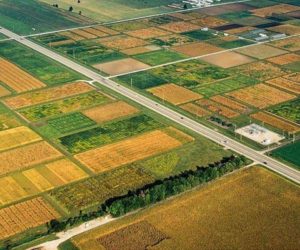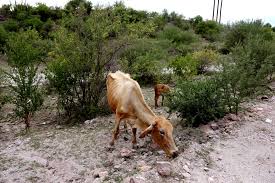

Patrick GALEY – August 3, 2022
As much of Europe bakes in a third heatwave since June, fears are growing that extreme drought driven by climate change in the continent’s breadbasket nations will dent stable crop yields and deepen the cost-of-living crisis.
The European Commission on Wednesday urged EU member states to re-use treated urban wastewater as irrigation on the continent’s parched farms, after France and parts of England saw their driest July on record.
In France, where an intense drought has hammered farmers and prompted widespread limits on freshwater use, there was just 9.7 millimetres (0.38 inches) of rain last month, Meteo-France said.
That was 84 percent down on the average levels seen for July between 1991 and 2022, making it the driest month since March 1961, the agency added.
The southwestern region of Gironde, already devastated by last month’s wildfires, saw a maximum temperature of 39.6 degrees Celsius (103 degrees Fahrenheit) on Wednesday, with Meteo-France predicting a peak on Thursday.
Animals, including lions and monkeys, evacuated two weeks ago due to the blazes there returned to their zoo on Wednesday.
Farmers nationwide are reporting difficulties in feeding livestock because of parched grasslands, while irrigation has been banned in large areas of the northwest and southeast due to freshwater shortages.
Environment Minister Christophe Bechu said July’s rainfall represented “just 12 percent of what’s needed”.



